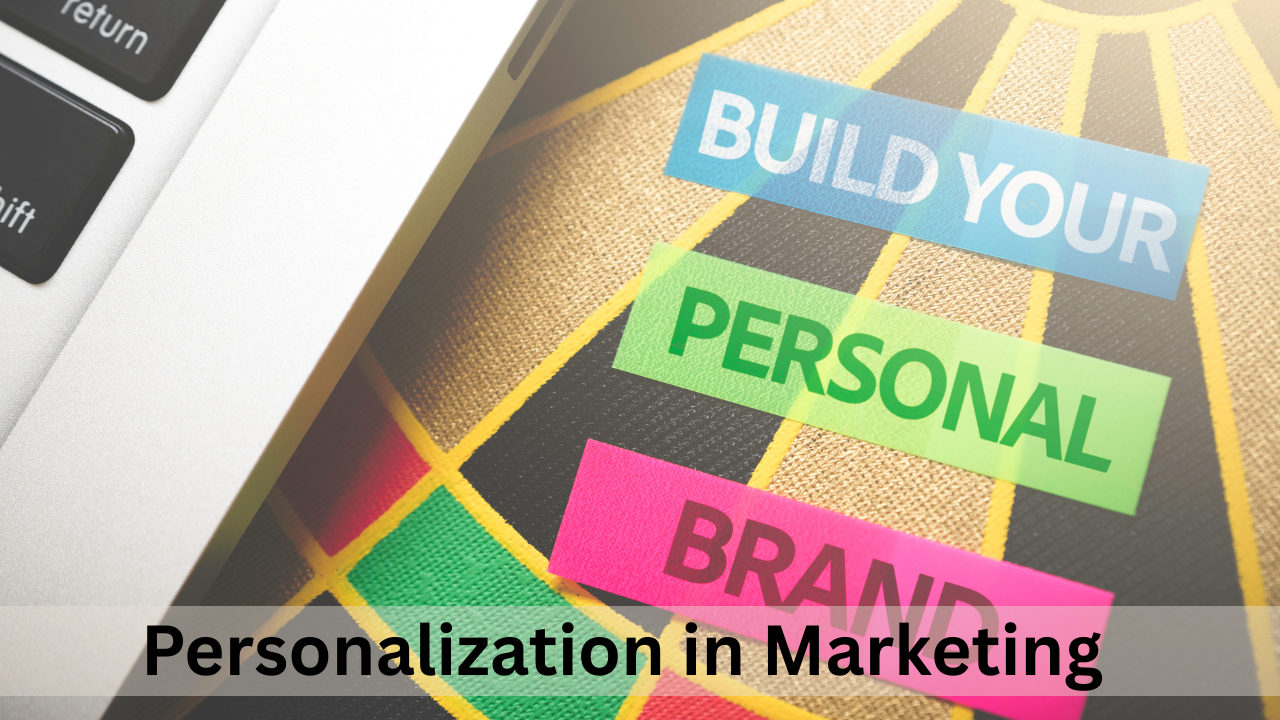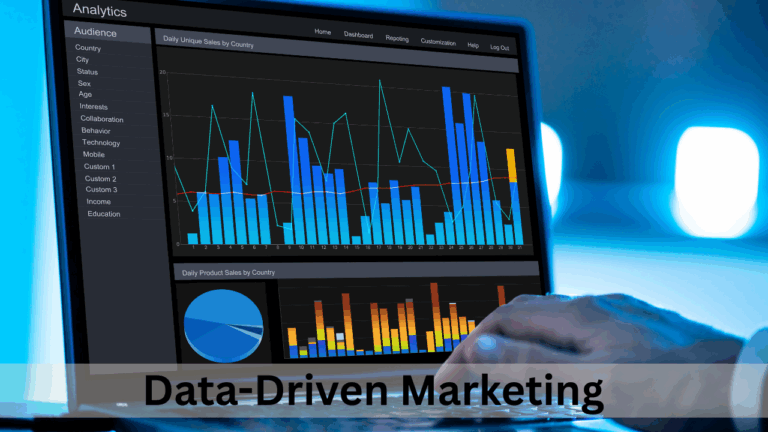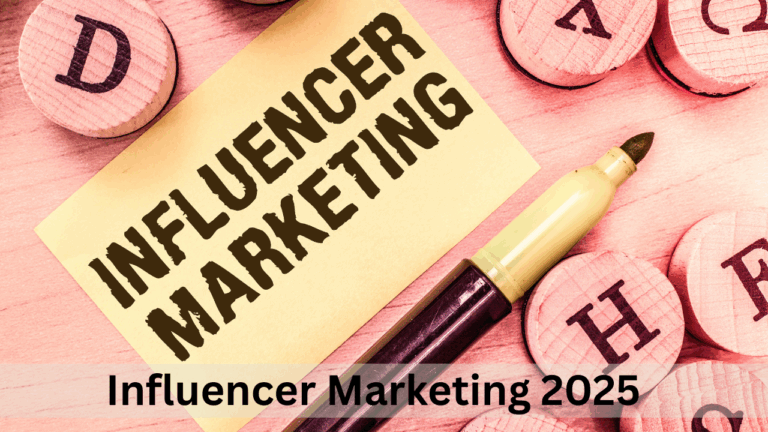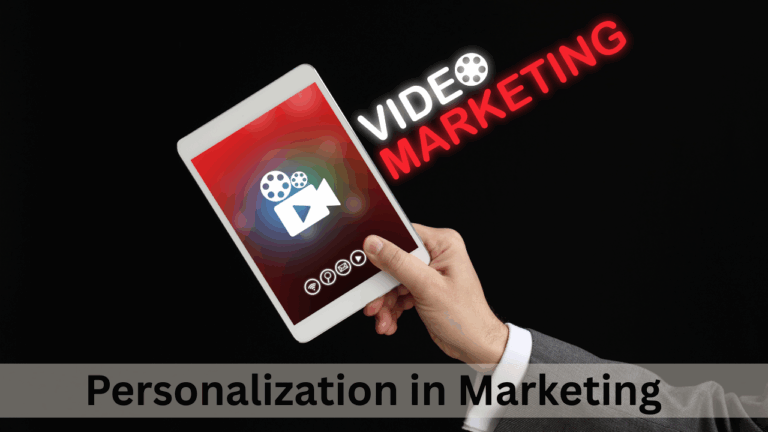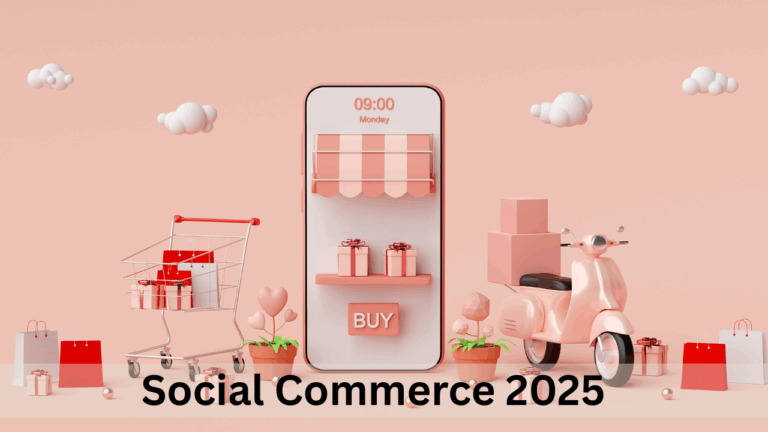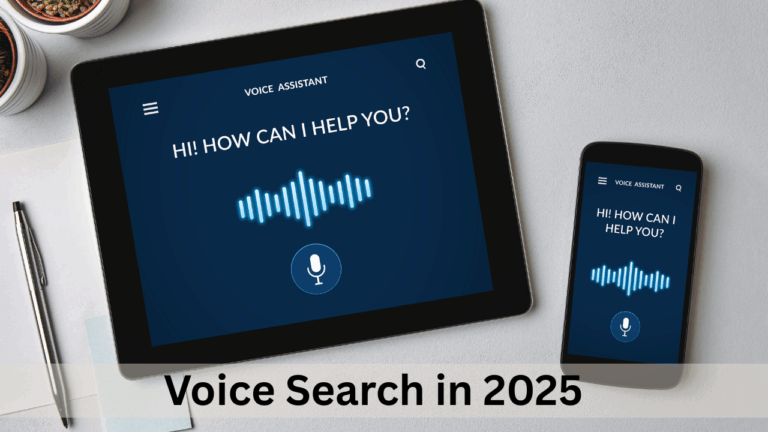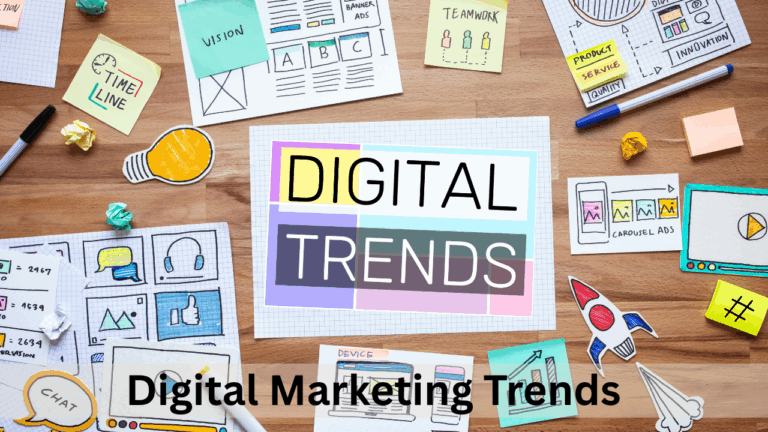Personalization in Marketing: Simple Techniques and Useful Tools for Better Results
Have you ever received a product suggestion online that felt like it was meant just for you? That’s not a coincidence — it’s called personalized marketing. It means showing people ads, emails, or offers based on what they like or what they’ve done online.
Today, many Indian brands — big and small — are using personalization to connect better with customers. Whether it’s Flipkart showing you what you might like or Swiggy reminding you of your favourite dish, personalization is everywhere.
In this blog from Business Magazine, we’ll explain what personalization in marketing really means, how it works, and how Indian businesses can use it smartly.
What Is Personalization in Marketing?
Personalization is when businesses use customer data like age, location, past behaviour, or shopping habits to send relevant messages. Instead of sending the same email to everyone, you send a message that fits that person.
This could include:
- Showing product suggestions based on browsing history
- Sending birthday discounts
- Customizing website pages based on visitor profile
- Showing local store offers based on your city
Why Is Personalization Important?
| Reason | Benefit for Business |
| Increases customer trust | People feel understood and valued |
| Boosts sales | Right products shown to right people |
| Saves time for users | They find what they need faster |
| Improves return on investment | Better results with fewer ads |
A global study showed that 91% of consumers are more likely to buy from brands that remember them and offer personal recommendations.
Simple Techniques for Personalization in 2025
1. Email Personalization
Instead of saying “Dear Customer,” use their name. Suggest items based on their last purchase or location. Many Indian startups do this using tools like Mailchimp or Zoho Campaigns.
2. Website Personalization
Show different banners to returning users vs. first-time visitors. If someone is from Mumbai, show Mumbai-based deals.
3. WhatsApp & SMS Personalization
Send personal messages through WhatsApp like “Hi Ravi, here’s 10% off on your favourite coffee.”
4. Push Notifications
Apps like Zomato or Myntra send alerts like “Your size is back in stock!” or “Last 1 hour for your saved item!”
Popular Tools for Personalization
| Tool | Use Case |
| Zoho CRM | Stores customer information |
| HubSpot | Sends smart emails & workflows |
| WebEngage | Great for app & website users |
| CleverTap | Push notifications & analytics |
| Google Optimize | Tests different versions of your site |
Even small businesses can use free versions of these tools to start with.
Real-World Example
An Indian D2C skincare brand started using email personalization based on skin type. They created three groups: oily, dry, and normal skin users. Each group got different tips and product offers. In 3 months, their sales grew by 35%.
Best Practices for Personalization
- Don’t Overdo It: Too many personal messages can annoy users. Be relevant, not creepy.
- Keep Data Safe: Always ask permission before using personal info. Follow rules like India’s new Data Protection law.
- Start Small: Begin with basic tools, like personalized emails or simple location targeting.
- Test and Improve: Try different methods and track what works best.
Final Words from Business Magazine
Personalization in marketing is no longer a fancy trick—it’s now a basic need for businesses to stay ahead. Whether you run a local boutique or an e-commerce store, showing people what they truly want will build trust, boost sales, and create loyal customers.
✅ Start with what you already know about your customers
✅ Use tools that match your budget
✅ Make your marketing feel human, not robotic
For more easy-to-read updates on business strategies, branding, and digital marketing, follow Business Magazine and grow with the trends of tomorrow.

